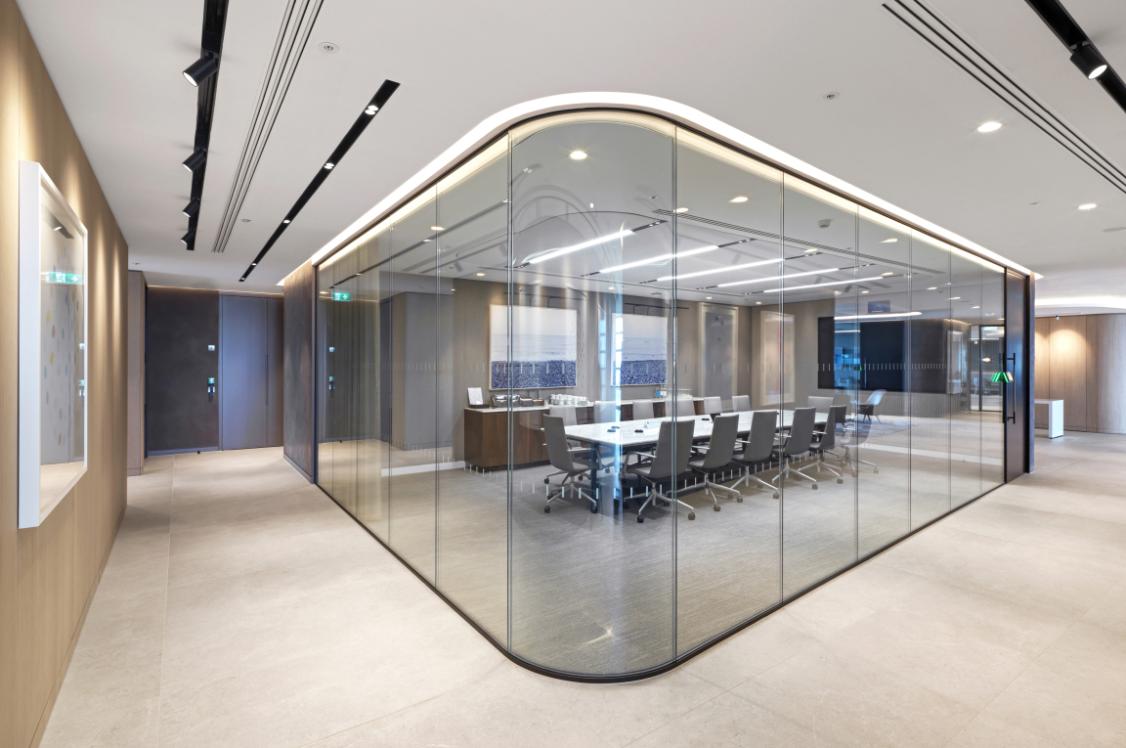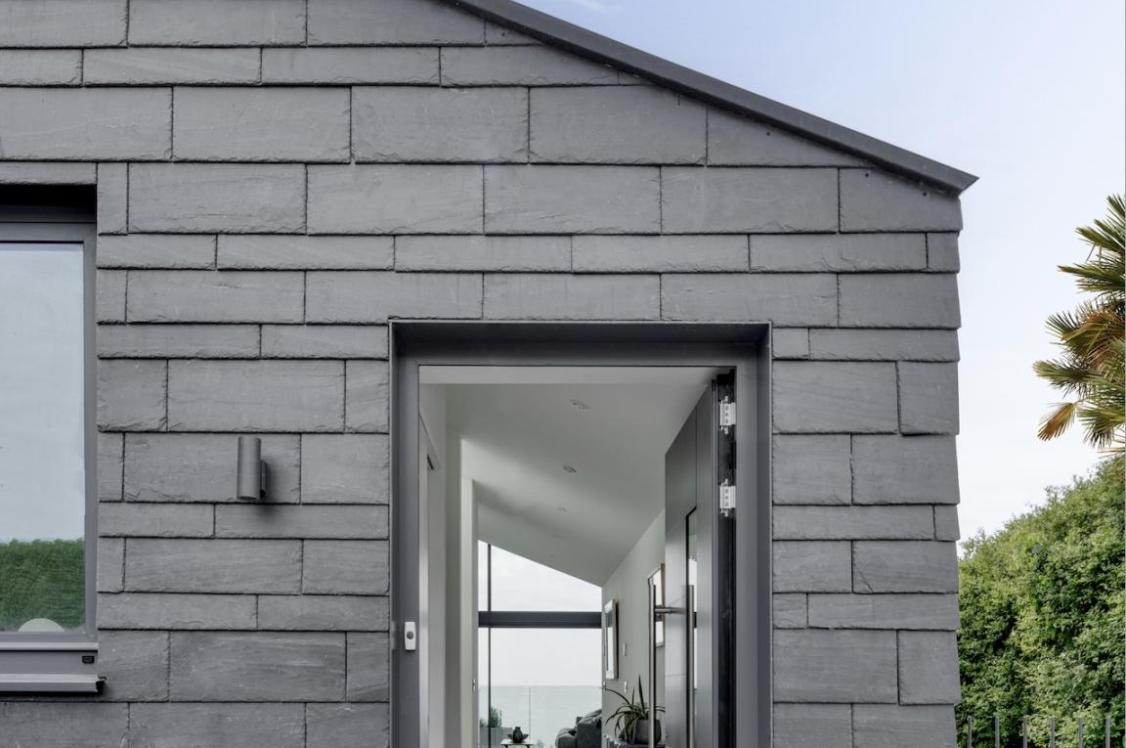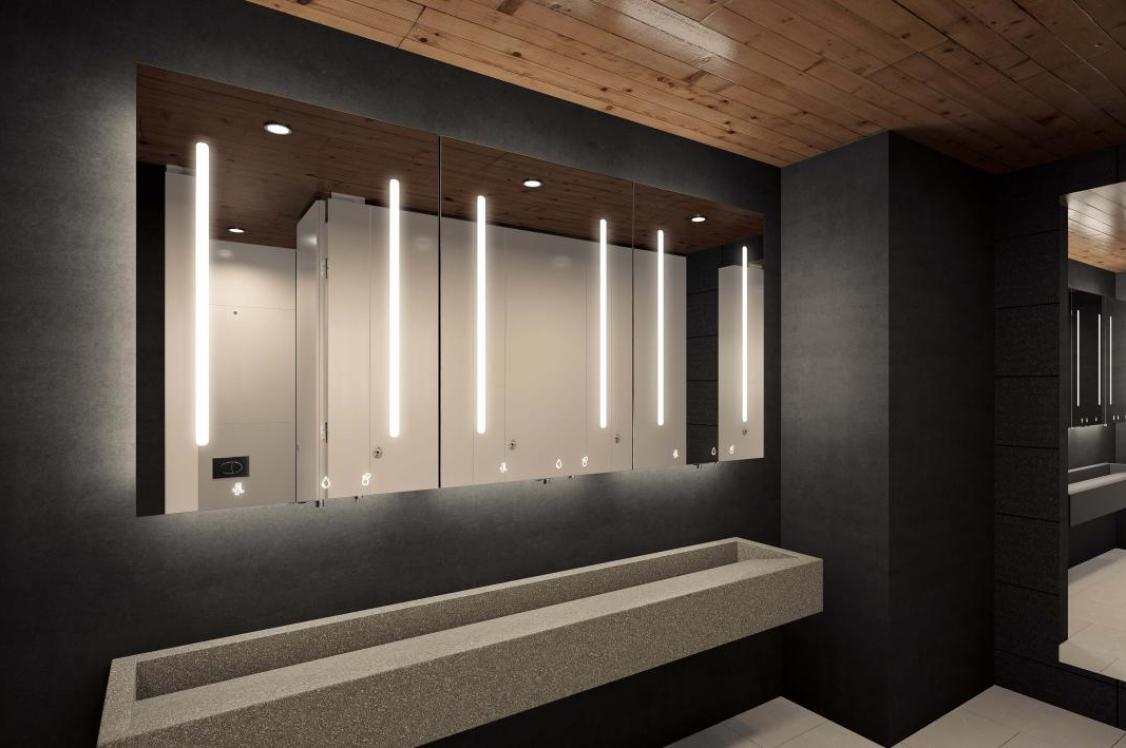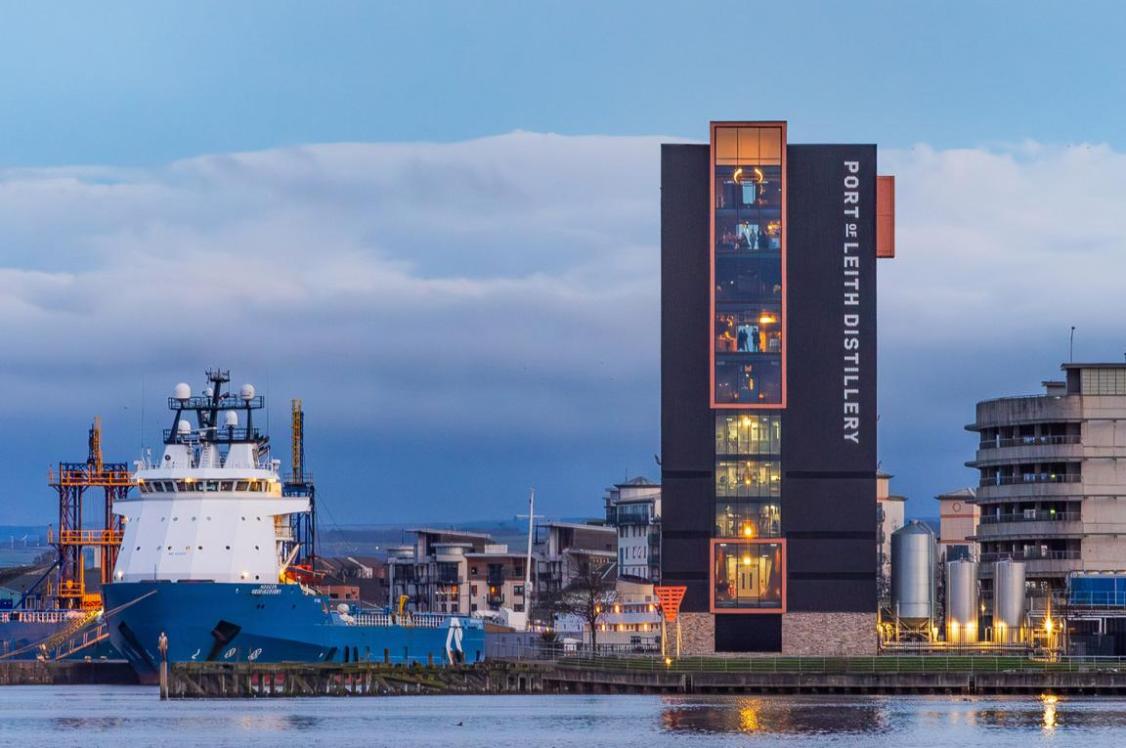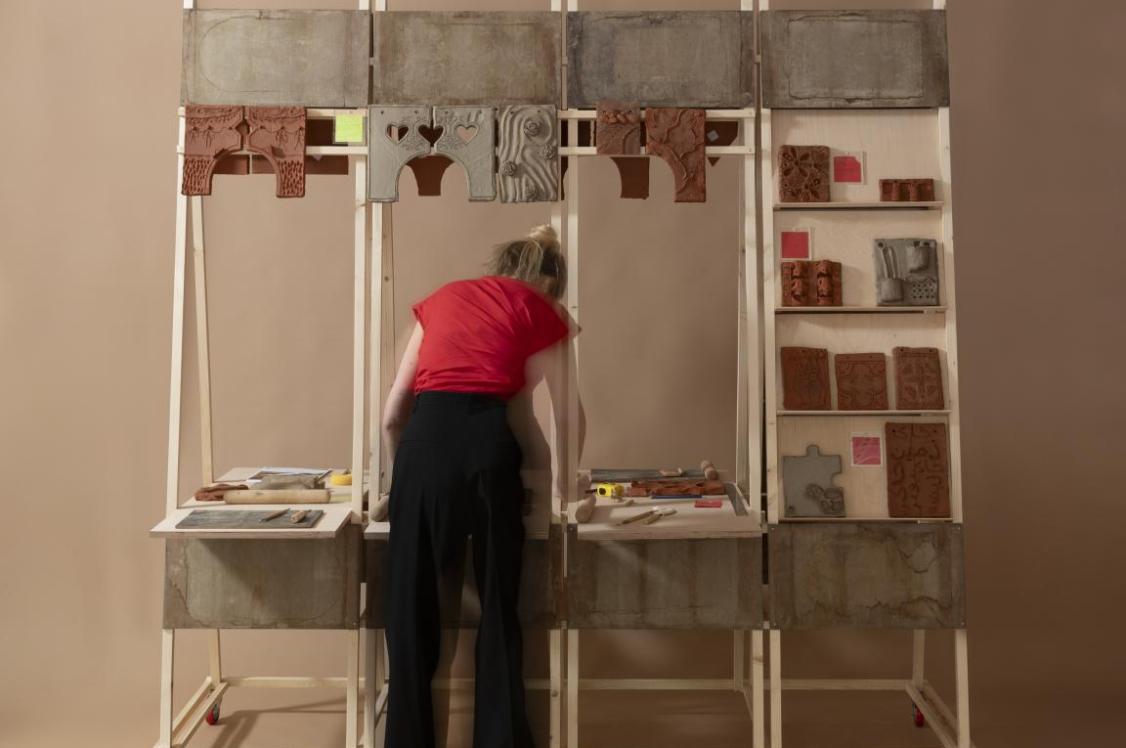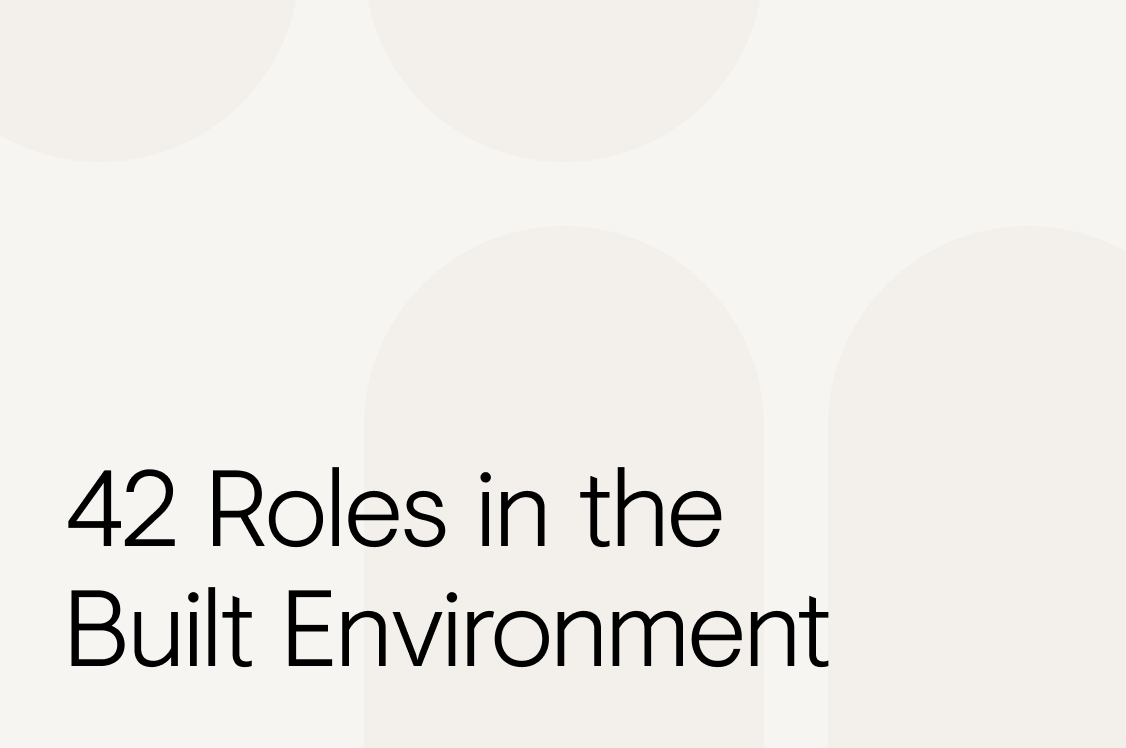UK Net Zero Carbon Buildings Standard - Is it achievable?
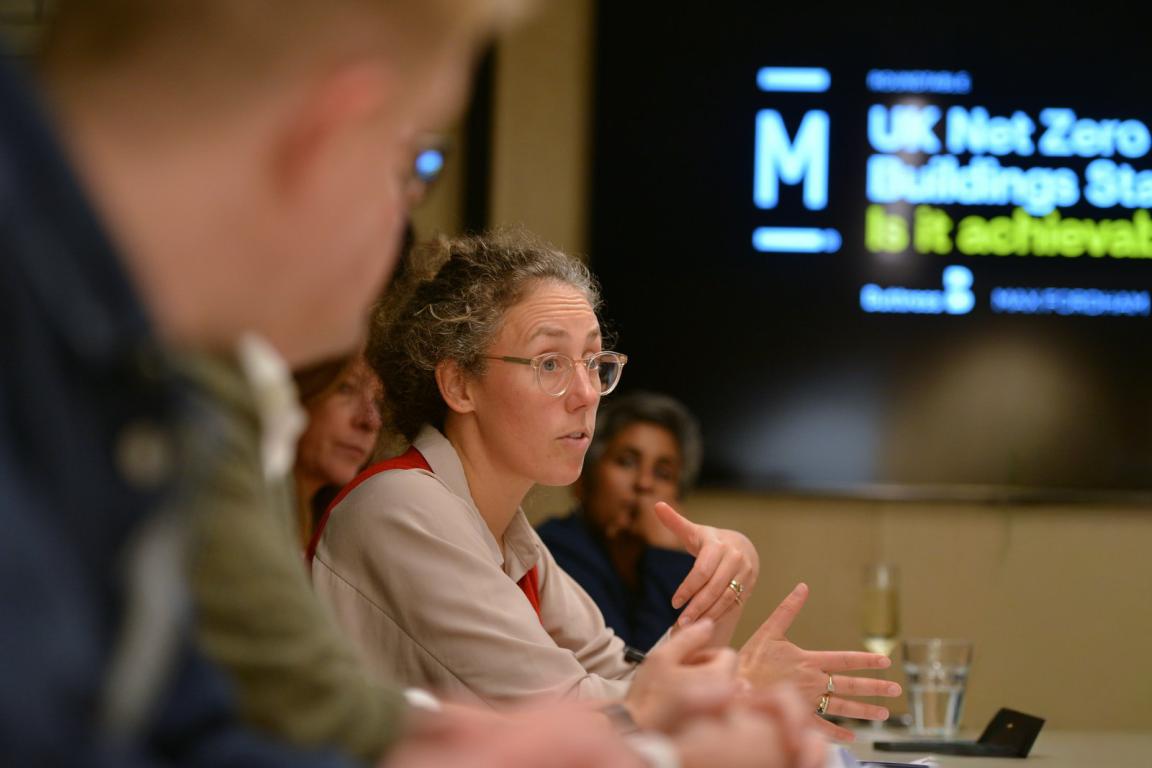
At our recent roundtable in Manchester, we asked: UK Net Zero Carbon Buildings Standard - Is it achievable?
The catalyst for this discussion was a research-led report, co-authored and published by Buttress, Price & Myers & Max Fordham to interrogate and then pit the Standard's main pillars against real world projects. The aim being to establish how far architectural practices, engineering firms, and their clients, need to push the limits of possibility to achieve what's needed.
To broaden the conversation, a selection of well-situated professionals from around the sector were brought together to give their input on, not only the findings of the report, but the wider context of how and where the Standard fits in practice.
So, UK Net Zero Carbon Buildings Standard - Is it achievable?
Yes, came the reply. It is. But we're on a journey. The Standard isn't without its challenges. And it can't solve everything. Though it was created by the industry for the industry, and has opened up many doors in the short time since the pilot launched last year - retrofit being most prominently mentioned during our roundtable. It gives 'holistic definition to what sustainability can look like in the built environment'. And that's something we can surely all get behind.
While pick-up will likely not be en masse immediately, said Will Arnold in attendance at this event on behalf of the NZCBS, trailblazers such as Buttress, Price & Myers & Max Fordham are moving what has been theory into the realms of reality through their research-led report download it here. He said, seeing the work that's being done by the likes of these practices is wholly positive, and sets an example as to how the guidance can be adopted on a wider scale.
Ahead of the Standard coming into full force early next year, the consensus was that some sites will be easier to work with than others; materiality is crucial - as is the 'golden thread' of accountability; and data is king.
Here we've compiled an overview of the main discussion points in order to keep the conversation going...
Our guests

Katie Wray, Director, Deloitte

Paul Nelson, Senior Architect, Buttress

Will Arnold, Head of Climate Action, Institution of Structural Engineers

Chris Price, Senior Sustainability Consultant, Max Fordham

Sarah Mullaney, Sustainability Manager, Government Property Agency

Tomasz Lukaszewicz, Associate, Price & Myers

Ben Townend, Design and Technical Lead, Great Places

David Hodcroft, Infrastructure Team Lead, Greater Manchester Combined Authority

David Smalley, Director, Material Source

Laura Connelly, Editor, Material Source
Pushing the limits
To kick start the session, Paul Nelson, senior architect, Buttress, gave a brief overview of the findings of the report created in collaboration with Chris Price, senior sustainability consultant, Max Fordham, and Tomasz Lukaszewicz, associate, Price & Myers. “This report has been a year in the making, and was stemmed by us deciding it was worthwhile to interrogate the Standard through the lens of a hypothetical residential project. We looked at the carbon limits that were prescribed by the Standard, and then assessed how far we could push the ‘limit years’.
“The residential building in the report is 15-metres high. And we designed it as stringently as we could in terms of carbon. We pushed all the available tools to reduce the embodied carbon upfront. And what the report found was that we were pitching at around 2028 in terms of the limit year.”
In terms of the structural side of the project, Tomasz, added, “Our intention was to provide a realistic, absolute best-case scenario in terms of structural layout. So we squeezed the grids to get the thinnest compliant slab. We’ve designed foundations based on real data gathered from projects in Manchester, but we’ve been super lean with it. We also worked with fully recycled steel, which took us to a total carbon value of only 162 kilograms CO₂e – extremely low.”
Through undertaking this process, “We learned a lot of what we already knew”, commented Chris. But the point of the project was to inspire others to embrace the guidance set out in the Standard."
This point around inspiring others is a crucial one. The report doesn’t offer a recipe for concocting a silver bullet. How could it when every project is different? What it does do is offer means by which the Standard could be achieved when it comes to tackling embodied carbon impact on the residential sector, to encourage industry furtherment.
This was highlighted by Tomasz, who said, “The project at the centre of the report could be built in reality. Though whether or not that ties in with what’s actually being built around us is a different story.”
At Price & Myers, the firm is blessed with data. And lots of it. Spanning more than 600 projects, Tomasz shared it allows the extrapolating of “certain trends”. The average structural embodied carbon calculation per project is currently at 324 kilograms CO₂e per m2 – almost double what was averaged in the study. So the benefits in applying the Standard’s principles are clearly vast."


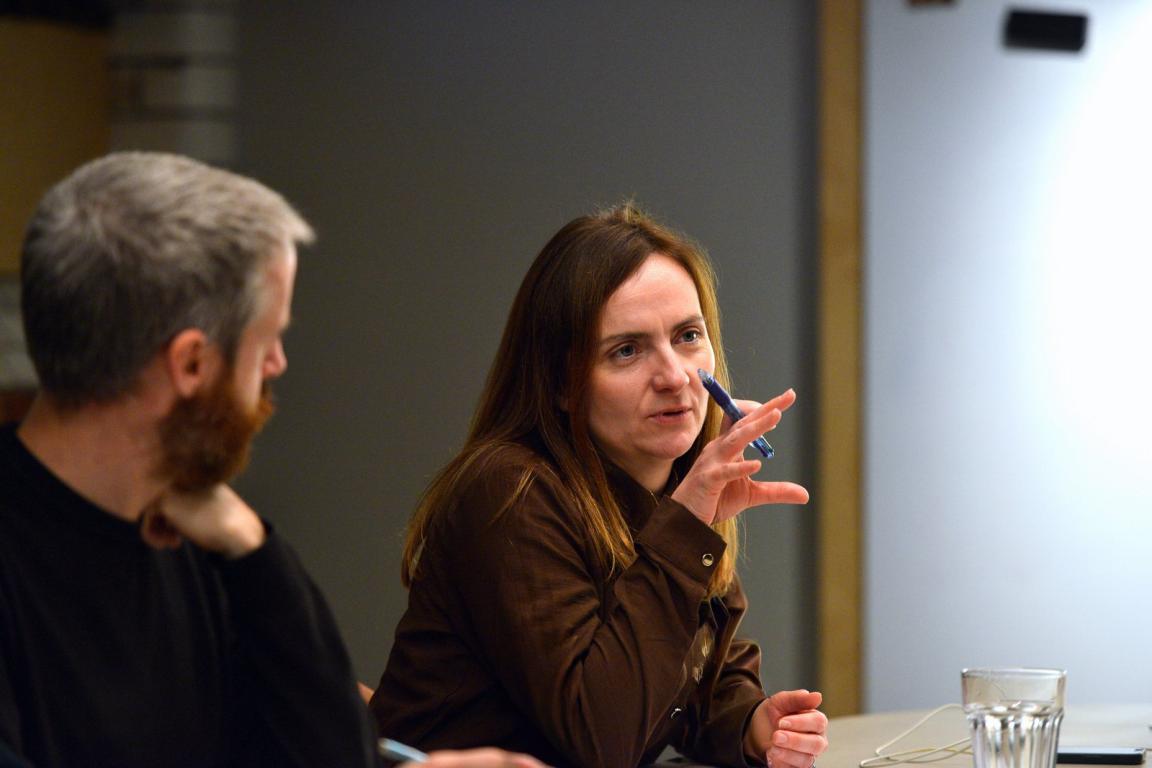
Setting out the Standard
The pilot scheme of the UK Net Zero Carbon Buildings Standard launched back in September 2024, with a revision published in April 2025. Taking it back to the beginning, session chair, David Smalley, asked, “Why did we need it?”
“There was a complete vacuum on the standards and regulations”, replied Katie Wray, director, Deloitte. “We entered a period where everyone wanted to do something, but the Building Regulations and accreditation schemes were outdated and nothing was really addressing the climate emergency. The call came from the industry for something different.
“Around the time the Rylands project came about, leadership was taken by the institutions who came to author the Standard, and there was a realisation that the sector needed to work together or it wasn’t going to happen.”
In Manchester, complexity has reigned for some time according to David Hodcroft, infrastructure team lead, Greater Manchester Combined Authority, who said, “From 2019, we were committed in Greater Manchester to carbon neutrality by 2038. Then the mayor said we should have a net zero carbon standard for all new developments. This seemed like a sensible thing to me, but we had to work out what it actually meant. There’s been a demand from clients for a benchmark for buildings, but it didn’t quite exist before. We needed a global standard. Many initiatives have come and gone, all looking at different elements of sustainability but not aligned.
“In terms of planning, there are so many variables. There might be 70 applications with 40 variables. An energy statement is submitted, and you might think, tick the box and that’s done. But it’s what are we checking on that statement – have they maximised energy demand, energy efficiency, renewable energy, low carbon energy? Have they utilised other energy sources? And then there's another policy on heat networks.
“For this reason, we’ll be assessing embodied carbon post-2028. Plus, operational emissions. Because for now we just want people to get the basics right.”
Attending on behalf of the UK NZCBS, Will Arnold, head of climate action, Institution of Structural Engineers, validated both Katie and David’s points – this is precisely why the Standard was created. “This is all 100% what we were hearing.”
“The Standard project kicked off when the UK Green Building Council commissioned a researcher to go and interview people from across the industry, all around the country, to ask them whether or not something like this would be useful to them. And there was an overwhelming ‘yes’. But it had to be backed by all of industry to work. It had to be holistic. That’s why when you look at the front cover of the Standard it includes the logos of all the professional bodies that have contributed.”
This approach was also crucial when it came to deciding which metrics to include, Will said. “We were forced to be cognisant of what it would do to everything else.” This reflected the point made by David that ‘carbon’ is a whole of many parts.
In reference to carbon, Will gave context to the ‘Net Zero’ reference in the Standard, “When we talk about net zero, we think of this at a national scale, and that’s why the terminology in the Standard is ‘net zero carbon aligned buildings’. And that's because, with things like PVs, it’s not about just generating enough power to power your building. It's about dealing with the fact that this country is not producing enough renewable energy yet, and the fact we all know that buildings are a big part of the solution to that, because you've got all this rooftop space we can cover in solar. It’s this entire idea of buildings that contribute towards net zero carbon in the UK. That's also why offsetting is optional, for example, because again, you need the UK's emissions to get down to a certain point, and then offset at a national level.”
Had they not approached the Standard in this systemic way to start, Will believes people would “build buildings that have a mish mash of good things, but possibly at the detriment of other things.”
Will also made the point that the Standard is independent, whereas other accreditations have not been.
With it being just over a year since the pilot launched, chair David asked whether Will believed it could be considered a success so far?
“The feedback has been even more positive than I expected!” he answered, “Because, although it may seem complex on the face of it, once you dig in it’s really manageable.”
With more updates to the Standard due imminently, and the move to UK Net Zero Carbon Buildings Standard becoming a Limited company, Will is excited for its future.
Having worked closely with the Standard on not only the research report, but on client projects too, Chris agreed it’s been an extremely positive resource, though not without its challenges. “It’s definitely been a positive thing, clients are happy going in this direction, but there are challenges they've got to face.
“We found that with any building that's an ‘edge case’, i.e. they're close to the carbon limit, clients have a difficult choice to make when it comes to investing in getting ‘As-Built’ carbon modelling. For those that don’t know, you don't find out if you're meeting your embodied carbon limit until you've got the finished building and you’ve had a final assessment. So you find out after the point at which you can change it. You can mitigate that because there are lots of models along the way to make sure you're okay. But this is still not a precise science yet, and cost plans and quantities are not as detailed as they ought to be. When this is the case there is uncertainty, risk, and cost.”
Another point was raised here about the differences in boundaries across sectors, which could also bring about challenges. How can the limits be applicable to residential builds versus data centres with huge energy demands, for example? asked David Hodcroft.
Will shared this has been considered as part of the Standard – there is flex to account for different use types. Again, setting it apart from what’s come before.


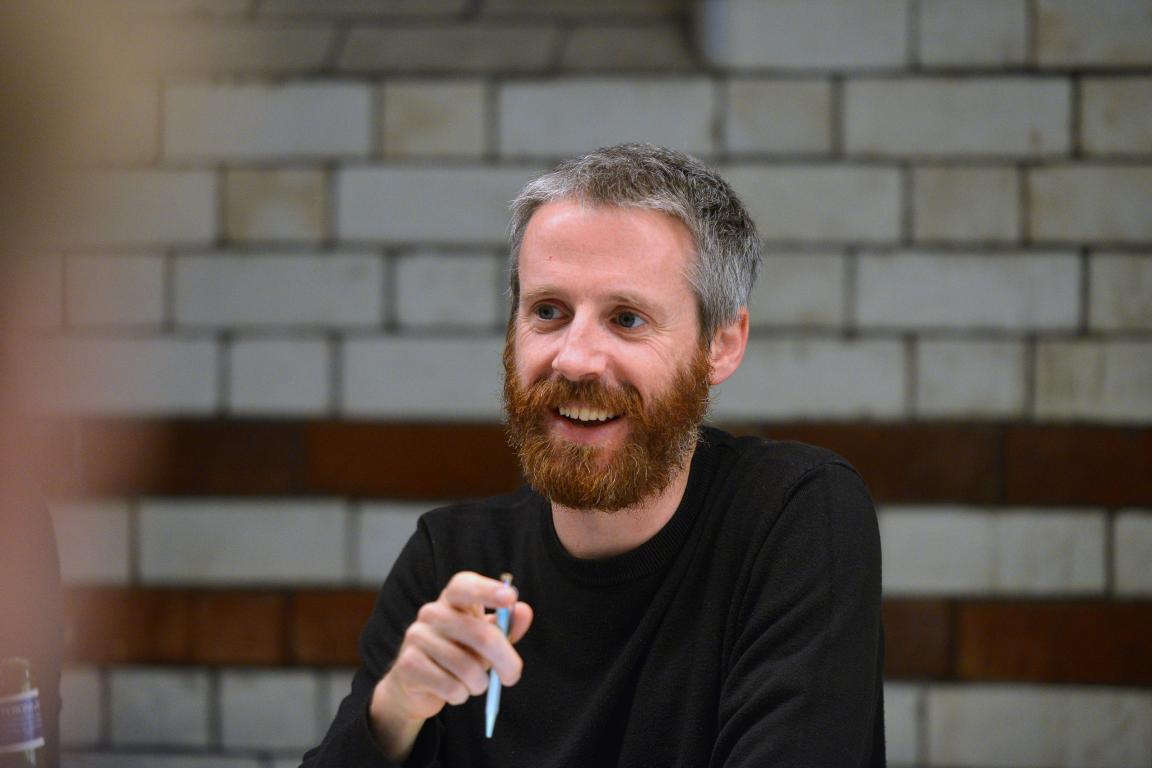
One for all?
For everyone around the table, the principles that the Standard sets out are not necessarily new. PassivHaus is closely aligned – something Buttress specialises in – and agreement around there being a demand from clients for better reporting on carbon was conclusive. Above all else, carbon efficiency can, of course, save money long-term.
“It’s not reinventing too many wheels”, commented Chris.
And that’s a good thing, because from the conversation it doesn’t seem such a stretch to secure buy-in. In some cases, it has given more agency to concepts such as retrofit and reuse to help push that metaphorical envelope further – something Katie thinks is hugely encouraging.
With two heritage projects currently in the pilot, both listed, has getting adoption from clients been straight-forward, chair David asked?
“They were both driven by sustainability in the first place”, Katie said. Though other issues existed. “A lot of the time when we’re working on heritage projects, ultimately viability becomes the key arguing point in terms of that's why you're pushing for the intervention.
“With both of these projects, it was a sustainability carbon argument that was quite tricky for the heritage sector to get around in terms of justifying a level of ‘harm’.”
While one project is nearing completion, the other, Katie shared, is being determined by planning currently though requires a complete replacement of its façade, and on a like for like basis – so, costly.
The Standard in this instance is a double-edged sword – in one way something that clients are receptive to, but in the specific case of heritage, there’s the context of intervention to consider too.
“Does the Standard lead to additional cost upfront?” asked chair David. The consensus was that, no, not in a way that’s noticeable. Clients are pushing for low carbon anyway. So regardless of the Standard’s existence, the difference is said to be minimal.
While some clients set out to achieve a low carbon project, for those that haven’t yet heard of the Standard, Paul said it provides practices with a “definition of sustainability that clients can hang their hat on.” If there is some convincing to do, David asked, “What are the big drivers for adhering to the Standard?”
At Deloitte, Katie said, as a major occupier, there are a certain set of requirements for occupying a building. Like many large commercial organisations, there is a substantial sustainability team with their “own internal targets that reach far beyond where the regulation is”, she commented.
In the residential sector though, it’s been a different story – though that’s said to be starting to change.
“The average person on the street is not necessarily choosing a house right now because of low carbon…”, Katie suggested.
However, Ben Townend, design and technical lead, Great Places, replied, “We’re actually seeing search terms on the likes of Zoopla prove that people are interested in whether they can apply PV to a roof; whether there’s a south-facing roof; or a pitched roof.
“From our perspective, the average house buyer or renter wants something that's safe and comfortable. And that's where we're trying to push the co-benefits of moving towards high performance. It can cut bills, and that’s a benefit to the end user.”
The cost of producing homes that are Standard compliant is where a certain level of barrier exists though, shared Ben.
“With commercial buildings where clients are already endeavouring to meet net zero targets, the uplift to achieving the Standard is relatively small. Whereas for those achieving minimum regulation compliance now, it’s quite an increase. And this is what the funding largely is commensurate with.
“Let's say, for argument's sake, it’s £15k per home, once your viability is as tight as it is to deliver housing as it stands anyway, we need to demonstrate the savings that we make over the lifetime of the property. And that needs to formulate part of our viability assessments now so that we can secure enhanced capital investment at the outset for better housing. Not down the line, putting more money into these homes.”
Here does lieth an issue. From Ben’s residential perspective, the asset is still owned. But for a developer of another kind, the interest is in the cost at the end. For those trying to regenerate a town centre location, it’s different again.
“This point about who owns the asset is an interesting one, isn’t it?” continued David, moving the conversation onto BtR (build to rent) and PBSA (purpose built student accommodation), which often come with a shorter term hold. Is low carbon a priority there? The need for regulation was pointed out by Katie as being imperative.



Let leaders lead
It was agreed that regulation is critical to impacting change. And until then, it’ll be the trailblazers that take the best practice principles of the Standard, and run with them.
“Stock will remain poor until it's enforced that it isn't poor anymore”, commented Ben. “Let the leaders lead - the people doing the pilots, those that can afford to do it – to show us there’s a way to do it. To forge an ‘established route to compliance’. That's when you'll see more market uptake.”
Will agreed – “It’s a great point. No matter how many pages we put into this though, we can’t solve every problem. Is there a use for the Standard? Yes. Is there a place for it? Yes. Some developers will want to do something low carbon with their building, and others won't. There's probably a bell curve where you've got these people at the front who are trying to really push for change. You've then got the mass market in the middle. And then everyone else.
“This is aimed at enabling those at the front to do what they do better than they were doing it before. To lead the way in the hope of creating momentum.”
This, he feels, will open the door to the wider market. To local authorities to mandate it. To provide greater opportunity for retrofit.
At the Government Property Agency, the Standard is playing a role in informing a refresh of their Design Guides, shared Sarah Mullaney, sustainability manager there. For them too, the NZCBS has helped set a definition of net zero. Something that didn’t exist before.
Where cost versus innovation is concerned, Sarah said in the public sector there will, of course, always be a balance. But there’s certainly a drive to be consistent with the rest of the sector in driving carbon down in the early stages.
Returning to the point about drivers, the group reflected on ESG funds. Are the principles of the Standard a requirement for investment?
A group called LOTUF (Leaders of the Urban Future), Will said, released a report outlining which schemes they could 'peg their green investment models to'. And the only one that covered all their combined requirements was the UK Net Zero Carbon Buildings Standard. “Their point as a group of investors was that they wanted a consistent definition of net zero.”



Barriers to adoption
As clear as the many benefits to adoption of the Standard are, barriers inevitably exist. Some of which we've covered. David asked the group to discuss in more depth.
Contractors were highlighted as a talking point. “They’re on a journey”, Katie suggested, “and there is still evolution of the energy strategy post-consent, making it hard to monitor how it aligns with the original strategy – the Net Zero Carbon Buildings Standard can help with this monitoring."
Paul believes it’s a case of defining how stringent we need to be. “Are we looking at just trying to reduce embodied carbon as much as we can? Or are we absolutely hard set, like our report was, on how far we need to push it?”
Then dependent on this, it’s how it can be ‘sold into’ contractors. Again, coming back to this point around definition, which underpins the Standard entirely.
For Ben, it comes down to “education, skills, awareness, and understanding.”
“In my mind, if as clients, you get proposed a big chunk of money that you can save on a project, the immediate response is to go, ‘Excellent, let's do it', without understanding what the impact of that decision is. So you don't consider if that has an impact on your embodied carbon. It’s knowing that that has an impact on the longevity of the materials, the operational management costs...”
“I need to mention the elephant in the room”, said Tomasz, “legislation.”
“The legislation is at odds with the Standard in many respects. We can see that from the database we’ve tracked over the last six years. Safety is paramount, and it has to be, but it’s clashing with what we're trying to achieve in terms of the carbon targets.”
This red flag will not be unfamiliar to you as readers. The Building Safety Act comes up time and time again as having a hold over material specification – whether it’s mass timber (“clients would balk at this”, “they don’t understand why, but they think mass timber is bad”, “it’s a perceived risk”, “it’s all or nothing – some people are against it, others are all in”), or attempting to move away from concrete.
And for this reason, the Standard “doesn’t dictate how you should build things”, Will said. “It’s a performance based Standard. And it’s different on every project. Sometimes you'll be blessed with a wonderful site so you barely need any foundations. Sometimes you’ll get awful ground conditions and it becomes very hard above ground - maybe to the point where you go, ‘Well, we can't build a net zero building there'.
“We know it's basically impossible to deliver a very low carbon building if we don't communicate across the whole supply chain. Of course it is - it always has been. This is not something that's new. If you put forward a design and the contractor takes it away, totally changes it and then builds it and it was far higher carbon then of course it's then not going to meet whatever performance criteria you set out in the first place.
“We have the same problem with quality. We've had the same problem with fire detailing in the past. My hope is that something like this actually results in higher quality buildings because you are forcing the contractor and their supply chain to speak about how they deliver what you actually set out to design in the first place. That it forces you to have those conversations. And that can only be a good thing.”
This is well aligned with the ‘golden thread’ Will added. That we build what we say we’re going to build.
Ben believes it’s a responsibility we owe to the public. At the GPA, Sarah said, “we've got government soft landings as part of our process so the performance gap is addressed - we think about operational outcomes from the very beginning so that it can be delivered.”
Early intervention is vital for carbon reduction Chris continued, “There’s a mentality around embodied carbon that it’s a bean-count. It's actually a continuous process, and if there’s no one holding ownership of that, all those good things you do at stage two when everyone's quite positive about it, they just evaporate once they get to the real building.”
There’s a whole education/communication piece needed when it comes to embodied carbon agreed both Chris and Ben, with Ben commenting, “The first step for us is understanding and reporting it, not necessarily targeting specifics but just having a better overview of those standards.”
Chris added, Whole Life Carbon modelling is like “the Wild West at the moment – there’s no regulation or official qualifications. If we’re not careful as an industry, and the sector remains as it is, it’s a race to the bottom. You pay less consultancy fee, you get less effort (more copy/paste), you model less things…lo-and-behold your Upfront Carbon score is lower. But it’s not real, or useful to anyone, and gets in the way of meaningful progress."
“Is technology supporting at all?” chair David asked.
In some ways yes, though caution surrounds its use agreed the group. In some cases people are using software such as One Click and just choosing the best answer whether it’s steel or concrete. “They build a model that's totally unrepresentative”, said Will. “It’s arbitrary because the final building won’t actually contain any of this stuff.”
“So it’s accountability again?” suggested David. Yes. And that’s applicable at every stage.
Though the conversation is far from over, bringing the session to a close, David Hodcroft shared an anecdote to summarise. “There’s a child on the beach and there’s been a storm so there’s starfish everywhere. She begins throwing them back into the sea, and someone says, ‘you’ll be here all day. It's not going to have any difference, is it?’ She says, ‘It did to that one.’”
While the challenges are evident, the opportunity is clearly vast. And with the likes of the people around the table pushing for positive change, plus the Standard coming into full force imminently, now is the time to work together to turn that momentum into meaningful action.
Stay tuned for more events and articles continuing this discussion over the coming months. And in the meantime, a huge thanks to our guests, and to Buttress, Max Fordham & Price & Myers for leading the charge on this crucial topic. Have you got something to add? Perhaps you've run your own NZCBS pilot project? Let us know.
All image credits: James Maddox


















